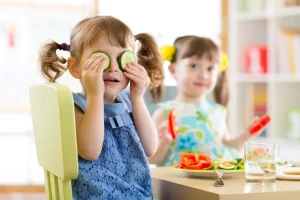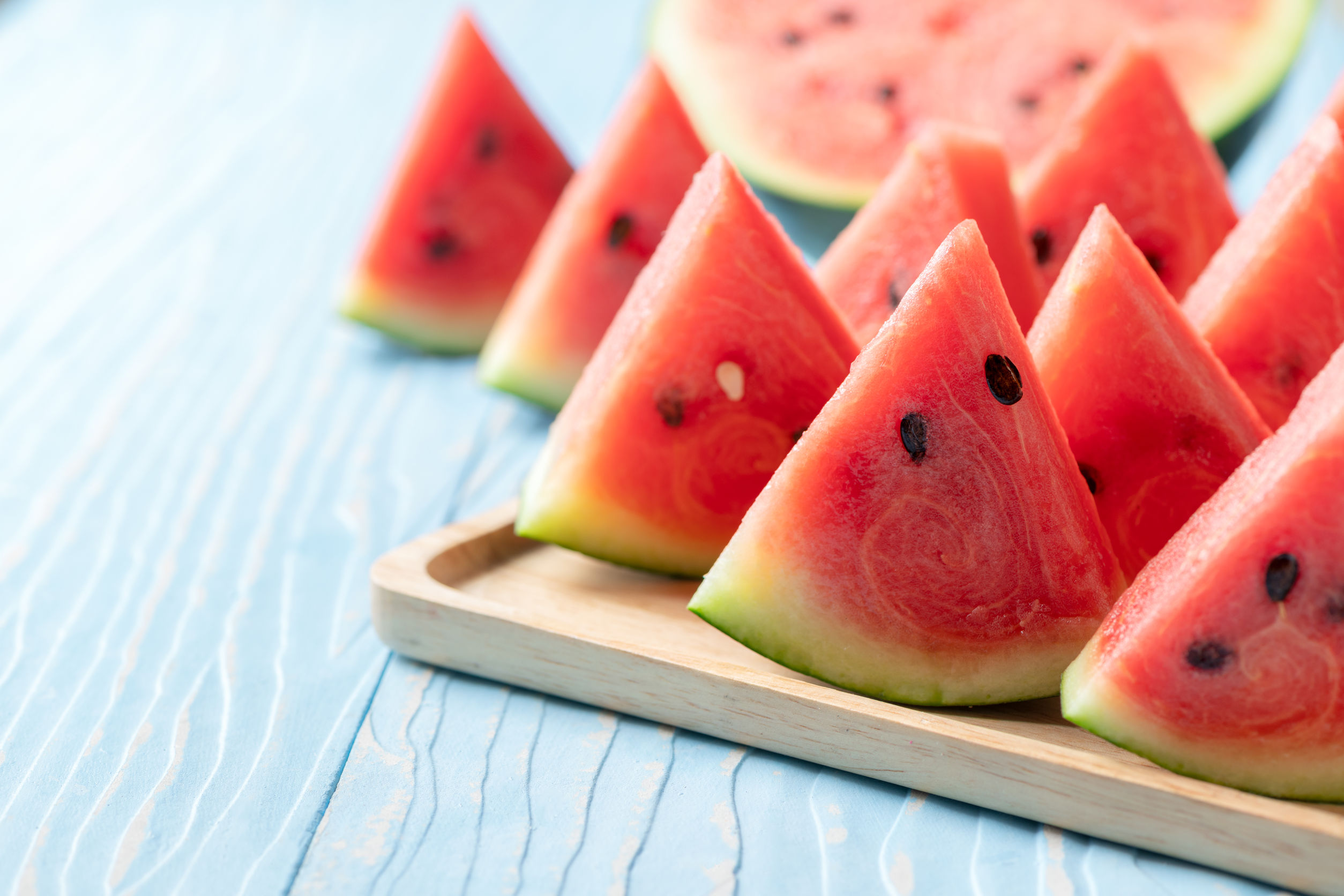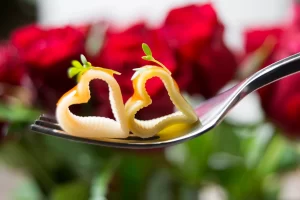
August 3rd is National Watermelon Day, and although this is more of an American creation, there’s no reason we can’t celebrate here.
We generally consider the watermelon a fruit – and that’s okay – but it may be more correct to label it a vegetable. The watermelon is a member of the Cucurbitaceae family of gourds, related to the cucumber, squash, and pumpkin.
But if you think that definition will win over kids, think again. Suggesting they bite into a cold, refreshing slice of “vegetable” on a hot summer day won’t cut it with many.
So let’s stick with “fruit”, and although this one is 92 percent water (hence the name), it is no lightweight nutritionally.
Watermelon’s Are Packed with Nutrition
Each mouthful packs significant levels of vitamins A, C and B6, along with potassium, and the superstar phytonutrient, lycopene. You probably associate the latter with tomatoes and tomato sauce, but may not realize that watermelon is an even better source.
One serving contains roughly 40 percent more lycopene than a serving of fresh tomatoes, making it one of the lycopene leaders in fresh produce. Guava may have a little more, but it’s not much of a thirst quencher.
More studies are needed, but research has shown that higher levels of lycopene may lower the risk of cardiovascular disease – including hardening of the arteries – along with preventing or treating certain cancers.
But getting your kids to enjoy a wedge, cube, chunk, or ball of watermelon is less dependent on medical risk factors and nutritional data, than it is on deliciousness. Face it, if this juicy treat tasted like most veggies, there would be fewer takers.
But What About Watermelon Seeds?
That being said, there are other ways to enjoy watermelon – including its seeds. You can sprout or roast them, with one ounce of sprouted, shelled and dried seeds having 10 grams of protein. But it can be even more fun to spit them. There are even sanctioned contests for this wacky sport, along with a world record of 75 feet, 2 inches.
If, like me, you find this somewhat gross, you can buy “seedless” watermelons. These aren’t really without seeds, but are “sterile” hybrids that contain small, undeveloped seeds that are white, soft and easily eaten.
Either way, this fruit is ideal in salads, smoothies or a frozen watermelon daiquiri.
And did you know that, according to Guinness World Records, the heaviest watermelon was 350.5 pounds? That’s a lot of daiquiris!
How to choose the right watermelon:
- Look for a firm melon that is free from major gashes or bruises – and is roughly symmetrical.
- Pick it up. Because a watermelon is 92 percent water, it should feel heavy for its size.
- Look for a creamy yellow patch on the bottom. This is where it contacted the ground while ripening in the sun.
Until next time,
Neil







